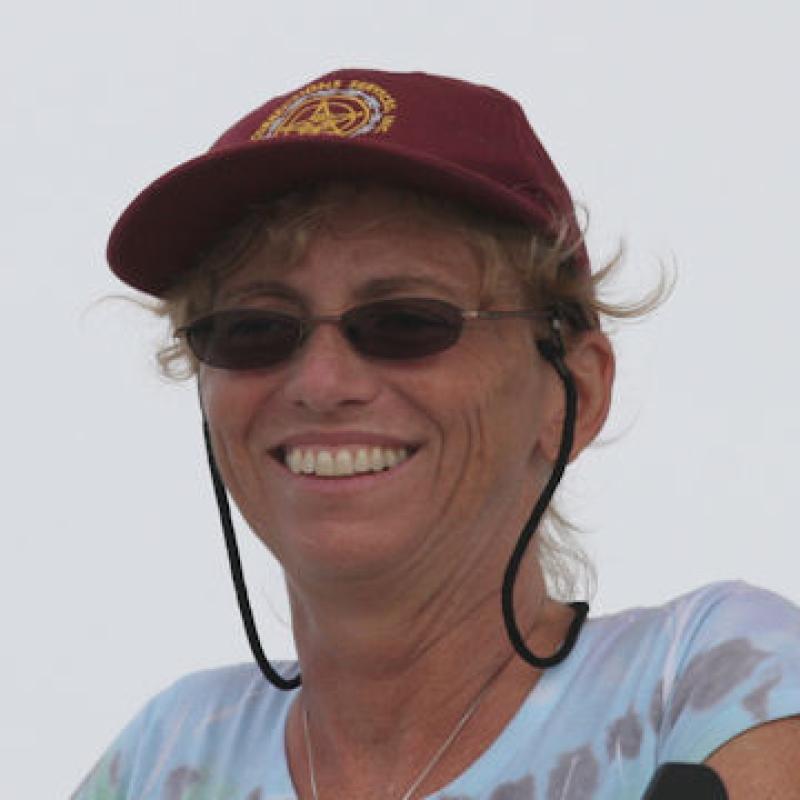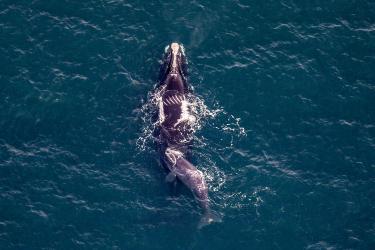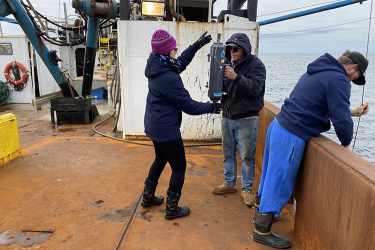During our daytime visual and passive acoustic data collection, we covered more than 650 nautical miles and saw a high diversity of species.
It is difficult to choose a single highlight among the many outstanding species we recorded this week. However, one of the most memorable sightings was the group of some 60 Clymene dolphin that came over to the ship; thus making it the “Dolphin of the Week”.
Other contenders were warm-water species associated with the Gulf Stream, including the aforementioned Clymene dolphins, as well as spinner dolphins, black-capped petrels, Trindade petrels, and brown boobies. So far, striped dolphins (more than 700 animals) and bottlenose dolphins (more than 500 animals) have been the most abundant dolphin species sighted.
The most abundant seabird was the great shearwater, but the most memorable this week was the single white-tailed tropicbird that made a brief appearance at the end of the day on June 25. This rare sighting soars above the rest of the birds to make it the “Bird of the Week”.
Over the past week, using our towed hydrophone we recorded vocalizations from nearly all odontocete (toothed whale) families. We were particularly excited to get several high quality sound recordings from the Clymene dolphins—a first for us! We will use these recordings to enhance our passive acoustic sound library and to “train” our system to better identify sounds so we can reduce the “unidentified dolphin” category in our data.
We are also on the lookout for larval bluefin tuna as part of a project to better define what may be a spawning area off the Mid-Atlantic. To maximize the chances of encountering these larvae, the night watch conducted plankton tows targeting water that is warmer than 23°C with salinities near or above 35 practical salinity units. We consecutively towed two types of nets—bongo and nueston—in a W-shaped pattern between the surface and 10 m depth. Bluefin tuna samples are preserved in ethanol to permit genetic testing. We are also removing individual salps and preserving them in the minus 80°C freezer. Dr. Ann Bucklin’s lab at the University of Connecticut will use these samples to help create a genetic species barcode for salps.
Debra Palka, chief scientist
Aboard the NOAA Ship Henry B. Bigelow









